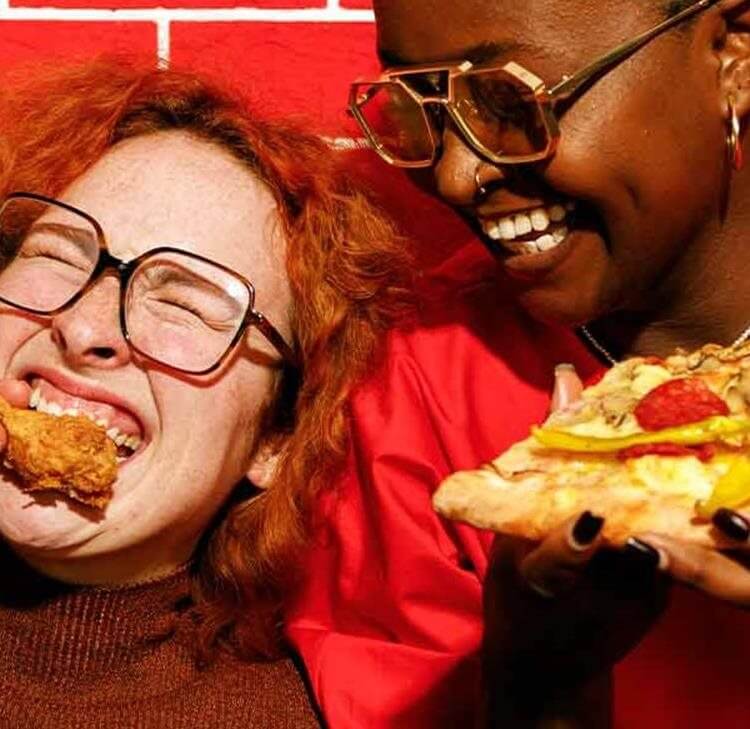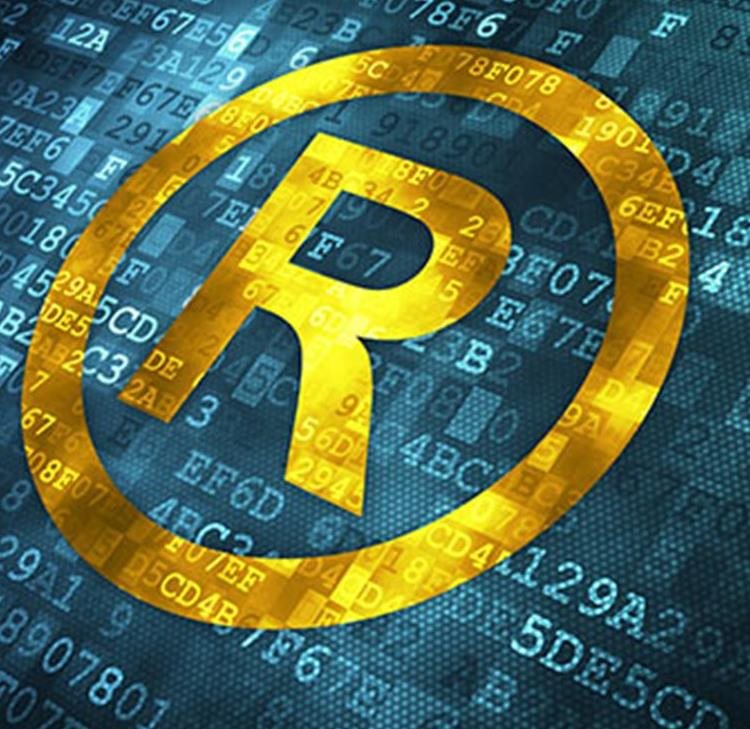Adverts sell products. The more people that see your adverts, the more products you sell (or so the theory goes). So how could you create an advertising campaign where up to 836 million people see your advert? By engaging Cristiano Ronaldo as an influencer.
Some influencers have staggering numbers of followers across social media platforms such as Instagram, TikTok, YouTube and X. According to a recent study, Ronaldo is currently the world’s biggest social media influencer with an extraordinary 836 million followers, followed by musician Selena Gomez with 581 million and content creator MrBeast with 563.6 million. An important emerging trend is the popularity of virtual influencers such as Nuero-Sama, Hatsune Miku, and Code Miko: according to a recent report, 300 virtual creators on YouTube earned over 15 billion views across videos, live streams and shorts last year.
There are two recent legal developments that relate to influencers: firstly, the registrability of faces as trade marks; and secondly, the explosion of deepfakes.
1. Registration of faces as trade marks
An interesting case is pending before the EUIPO Grand Board of Appeal. It concerns an application to register an EU trade mark for the photograph of Dutch singer and TV presenter Jan Smit for various goods and services in Classes 9, 16, 24, 25, 35 and 41.
Over the past decade, the EUIPO has received at least 80 EUTM applications for faces - many of them for models, actors and singers. These applications have generally been rejected by the examiner on the grounds that they were devoid of distinctive character, or even descriptive of the intended goods. However, the Boards of Appeal have held in several decisions (such as R2063/2016-4 and R2574/2018-1) that such marks are capable of distinguishing goods and services and should be registered.
In the Jan Smit case, the Second Board of Appeal (in decision R0050/2024-2) noted that, while the EUIPO systematically refuses registration of trade marks containing the face of a person, the Board of Appeal has consistently held that such marks are not inherently devoid of distinctive character. The referral to the Grand Board is now pending and a hearing can be expected within the next year. Should such marks should be capable of being registered? If so, what criteria should be applied? What are the potential tensions with personality and image rights? Faces – even those advertising anti ageing products - will of course change over time. Trade marks tell a consumer the trade origin of goods or services. Does a face provide that function; do the goods come from the individual’s own brand, or a brand they are affiliated with? Perhaps these trade marks provide an endorsement function. These are all interesting issues that will need to be addressed.
2. Explosion of deepfakes
One of the motivations behind the filing of face trade mark applications may be the growing use and sophistication of deep fakes, which use artificial intelligence (AI) tools to create highly realistic replicas of people’s faces, voices and other characteristics.
The US is debating various legislative initiatives to address deep fakes (also known as digital replicas), and in light of that, the International Trademark Association (INTA) Board of Directors recently approved a resolution on the topic.
The resolution sets out proposals to address the harm from deep fakes that affect the individuals being replicated, consumers and brand owners, whilst also promoting innovation and free speech. It rightly says that protection should be available against unauthorised, confusing or deceptive digital replicas, and that mechanism should be in place to facilitate practical enforcement.
Deepfakes are being addressed elsewhere too. The EU’s AI Act requires AI generated or manipulated media to be readily identifiable as such, by a technical marker or label - but this doesn’t provide redress for unauthorised use, and bad actors are less likely to watermark the replicas anyway. The UK Government’s AI and Copyright consultation which concluded in Feb 2025 asked for views on whether the proposed regime for rights-holders to opt out of data mining would protect against deepfakes. This only works where there is a clear right – the UK recognises false endorsement as passing off but it does not recognise personality rights as such.
Contact

Faye McConnell
Principal Associate
faye.mcconnell@brownejacobson.com
+44(0)20 7871 8538
Discover more
Related expertise
You may be interested in
Legal Update
Getty Images’ copyright not infringed by Stability AI making its Stable Diffusion model available to users in the UK
Legal Update - IP insights
IP insights: September 2025
Legal Update - IP insights
IP insights: July 2025
Legal Update
Trade mark dispute risks: AI in legal document drafting
Press Release
Browne Jacobson a ‘discerning choice’ for clients with ‘IP-rich deals and complex litigation’ - as team ranks for both IAM Patent 1000 and IP Stars 2025
Legal Update - IP insights
IP insights: May 2025
Legal Update
Trade mark strategy in a global market
Legal Update
Advertising trends: Influencers, intellectual property and image rights
Legal Update
Metro’s Runs Afowl of Morley’s Marks in the Court of Appeal
Legal Update - IP insights
IP insights: April 2025
Opinion
What’s in a shape? The impact of 3D registered trade marks on glucose monitoring kits
Legal Update
One to watch: Oatly appeals to the UK Supreme Court in continued fight for its trade mark
Press Release
Intellectual property (IP) predictions for 2025
Legal Update
Alcohol charity on the “Naughty List” for attempts to trade mark “DRY JANUARY”
Legal Update
EasyGroup proceedings defeated by jurisdictional challenge
Legal Update
Veganism and manufacturing: IP protection
Press Release
Browne Jacobson’s intellectual property lawyers ranked experts in World Trademark Review guide 2023
Press Release
Court of Appeal makes plea for legally enforceable arbitration for FRAND disputes
In the ongoing complex litigation between Optis Cellular Technology LLC and Apple Inc., the Court of Appeal ([2022] EWCA Civ 1411) has upheld the High Court’s findings that implementers of standard-essential patents (SEPs) cannot refuse to accept a FRAND license and continue activities in the meantime which constitute infringement: that party must commit to accept a court-determined license if it wishes to avoid an injunction.
Published Article
AI generated designs on retail products
Every AI will have its own terms of use. DALL·E 2’s Terms of Use dated 3 November 2022 specify that as between a user and Open AI, a user owns their prompts and uploads. Open AI also assigns to the user all rights in any images generated by DALL·E 2 for that user (subject to the user complying with those Terms of Use, and to a licence to use inputs and output to develop and improve the services).
Press Release
Browne Jacobson’s IP experts shine silver in world’s leading trade mark lawyer rankings
Opinion
Sky’s overly broad trade marks narrowed as found partially invalid for bad faith
Lord Justice Arnold has applied the guidance of the Court of Justice of the European Union (CJEU) to the evidence before him, in the long standing trade mark dispute between Sky and Skykick.
Legal Update
Amazon not liable for merely storing third party’s infringing goods
At a time when Amazon is fielding large spikes in demand amidst the coronavirus pandemic, the online retail platform will welcome the ruling of the Court of Justice of the European Union (CJEU) received on 2 April 2020.
Legal Update
Domain names as IP rights
On-Demand
How to commercialise your IP: licensing, spin outs and JVs
Our expert panel, comprised of IP and corporate law specialists, will be discussing IP commercialisation strategies, their benefits and pitfalls, drawing on experience across the private, public and higher education sectors.
Published Article
O/281/19 Revocation (Device Marks) – 23 May 2019
This decision is a good example of how the IPO approaches non-use challenges, and an insight into the economics of gift shops at public parks.
On-Demand
Parallel Imports - what brand and IP owners need to know
Parallel importers seek to exploit price differentials for goods sold in different countries. The EU principle of exhaustion of rights prevents businesses from enforcing their IP rights to restrict this secondary trade within the EU if the goods were first marketed in the EU with their consent, other than in limited circumstances.
Legal Update
“Utterly horrified” masters and “blatantly inadmissible” evidence
The sole result for a search on Westlaw for the phrase “utterly horrified” is an interesting decision from Mr Justice Arnold on June 12 2019 about evidence in passing off proceedings.
Press Release
Browne Jacobson scores victory for Wolverhampton Wanderers over badge copyright claim
Browne Jacobson is delighted to have assisted Wolverhampton Wanders Football Club to successfully defend a copyright infringement claim made against it which relates to the club’s iconic wolf head design. The club has used this design as an element of its badge since 1979.




















